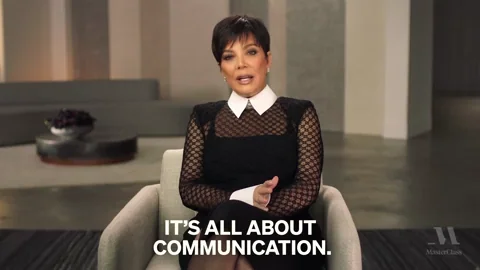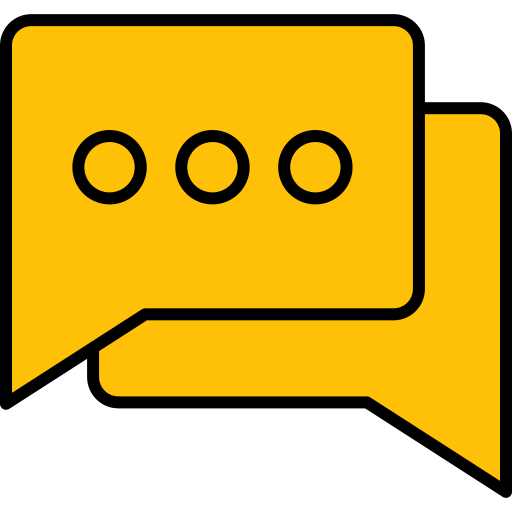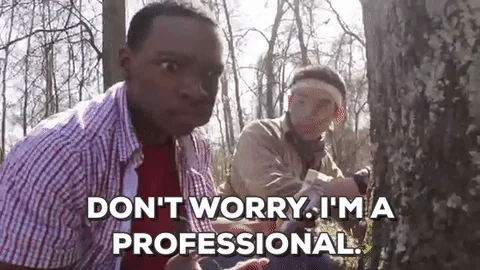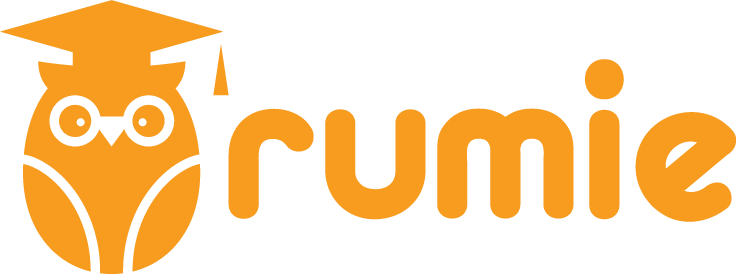Congratulations, you got your first real job! No more uncomfortable interviews, constant resume changes, or uncertainty about the true meaning of "proficient in Excel". With your name in the company chat and coffee in hand, you are now formally a member of the team.
Hold on, though, because it's now time to prove your "excellent communicator" skills from your resume.

What is Professional Communication Anyway?
Professional communication is one skill that can significantly improve your first job experience before you start sending out emails and rushing into meetings. Yup, it’s not just what you say, but how you say it.
Gaining proficiency in workplace communication can help you stand out for all the right reasons, from responding to your boss without coming across as robotic, to knowing when (and how) to use that GIF in a group chat.

Recognize the Workplace Culture
Every workplace has a distinct "vibe" — some teams are business-oriented and buttoned up, while others are relaxed and talkative. The secret to blending in without becoming someone you're not? Pay attention, adjust, and maintain your professionalism.

Getting the Feel: Things to Watch for
To begin reading the room, follow these steps:
Are coworkers using emojis and making jokes in Slack? Or do they get right to the point?
Do meetings revolve around the agenda, or are they also a time for light banter and small talk?
Keep an eye on manager interactions. Do they ask formally, "Please send a weekly status report," or informally, "Hey, how's the project going?"
Examine how humor is used. Do people make jokes during conversations or meetings? Or is it more serious and silent?
When socializing happens, take note. Does informal conversation happen during the workday or only during lunch or after hours?

Adjust Your Tone
Once you've identified the vibe, change how you interact, particularly in written communication and meetings.
In more informal workplaces, it's usually ok to:
Use emojis, GIFs, or light humor (where applicable).
Keep your emails brief and pleasant. e.g. "Hey! Just finished this — let me know what you think."
Greet managers by their first names and maintain a relaxed tone.
In more formal settings, you may want to:
Use entire sentences and maintain a polite, professional tone. e.g. "Good morning, I finished the report as required. Please let me know if you need any changes."
Use greetings and sign-offs in emails.
Avoid using slang, emoticons, or jokes until you've seen others do it.
Be an Active Listener

Let's face it, listening is more than simply remaining silent while someone else speaks. It's about showing your commitment and truly listening to what they have to say.

Tips for Active Listening
Give your full attention. People can tell not only when you're paying attention, but also when you're clearly not paying attention or just waiting for your turn to speak. Stay present, and put away distractions.
Show interest. Nod, react appropriately, and engage.
Don’t interrupt! Let others finish their thoughts, even if you believe you have the solution or a great idea. In addition to being respectful, the second half of their sentence may teach you something new.
Ask clarifying questions. Make sure you truly understand. And if something isn't clear? Don't act as though you got it and then hope for the best. Try something like, "Just to make sure I've got this right, did you mean…?" to politely and smoothly ask for clarification. It demonstrates your concern for doing tasks correctly.
Keep It Clear, Kind, and Not Too Casual
In your first job, being polite and straightforward in communication can demonstrate maturity, attention to detail, and respect for coworkers. Saying "Hi" and "Thanks!" can make a big difference. Avoid skipping greetings or being overly direct to avoid appearing cold or rude.

Use respectful, simple language, avoid inside jokes, slang, and emojis (unless everyone uses them). If in doubt, edit your message or use online tools. A small change in tone can have a significant impact on your message. Remember, you don't have to write like a Victorian poet.

Try These Phrases in Your Messages
Polite and straightforward:
“Thanks in advance for your help!”
“Just checking in — do you need anything from me?”
Casual but respectful:
“No rush, just looping back on this.”
“Appreciate your help!”
“All good on your end?”
Respectful and simple language:
“Please let me know if I’ve misunderstood.”
“I’ll make sure this is done by (date).”
“Let me know if you have any feedback.”
Respond Like a Pro (and Properly)
A prompt response is the best way to demonstrate that you've got it together. You don't have to respond right away, but why leave someone waiting for days? Not a good look, particularly when you're new.
Try to reply to messages and emails within a day, even if it's just to say, "You got it! By [insert day], I will respond to you." It demonstrates your reliability, organization, and consideration for other people's time.

And where you respond is just as crucial as when you do it. Not every message is appropriate for a group chat or a direct message. Use the appropriate channels: meetings when real-time communication is required, Slack or Teams for brief updates, and emails for official communication.
It makes a big difference to know when, where, and how to respond.
Quiz
You’re new at your job and working remotely. Your manager sends you an email asking for a project update. You’re still gathering some info and won’t have a full answer until tomorrow afternoon. What do you do?
Take Action

Now it’s your turn — start practicing these habits from day one, and you’ll be speaking “professional” like a pro in no time.
Want to build on what you’ve learned? Browse other Bytes designed just for you:
Your feedback matters to us.
This Byte helped me better understand the topic.

